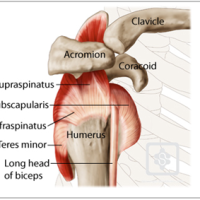
Hey guys, here is quick summary of the rotator cuff anatomy and movements . The better you understand your shoulder, the faster you can grow your shoulder health. Enjoy!
Rotator Cuff Muscles
The rotator cuff is a ball in joint with a set of muscles and tendons that hold the gleno-humeral joint together. This group helps the movement of the shoulder in all directions. The pictures below illustrates the location of the muscles.


A rotator muscle comprises of four major muscles, namely the supraspinatus, infraspinatus, teres minor and subscapularis. They stabilize the shoulder and assist with movement. If any of the four do not perform their function, then shoulder movement becomes impossible. Kiss throwing hard goodbye. Check out the picture below for a visual.

Rotator Cuff Movement
Rotation cuff movement is complex . Each muscle helps in the movement of the shoulder in different directions. Supraspinatus muscles help the arm move in the side directions of the body. It originates above the spine of the scapula and inserts into the humerus. It also helps in the elevation of the arm.

The infraspinatus and teres minor in the humerus allow external rotation. The infraspinatus originates from below the scapula spine and inserts into the posterior of the humerus. The teres minor originates from the lateral scapula board and inserts into the inferior humerus.
“18 Rotator Cuff Exercises For Every Day Shoulder Health” The essential 18 rotator cuff exercises, Zach did these every day. Check them out here for free. click here

The subscapularis helps in the internal rotation of the arm. It originates from the anterior surface of the scapula, thus covering the ribs and inserting into the humerus.

All these muscles work together with the rotator cuff to stabilize the movement of the shoulder joint and the gleno-humeral joint.
Stabilizer – Rotator Cuff Movement
The stability of the shoulder is one of the most important traits of the shoulder. The shoulder is held in place by two main stabilizers: the dynamic stabilizer (muscles) and the static stabilizers (ligaments and capsule).

When you strengthen the muscles around your shoulder, especially the posterior cuff, you quickly feel your shoulder health increase. That is because the shoulder is designed a certain way to sit in the joint, with balance. As you train (and build throwing strength), your shoulder gets out of balance and starts to roll forward.
That is why you must maintain posterior cuff strength. If you need a stretching routine to keep your arm crisp and loose, download the free eBook below.
Otherwise, stay tuned for more rotator cuff information and tips.
Keep working hard,
Zach

PS: Do you want the exact every day routine I used to prepare to throw? (Which also led to great shoulder health and higher pitching velocity)
Grab your free copy of the ebook – “18 Rotator Cuff Exercises For Every Day Shoulder Health” its free – > click here
PSS: Share this page. Help a friend!
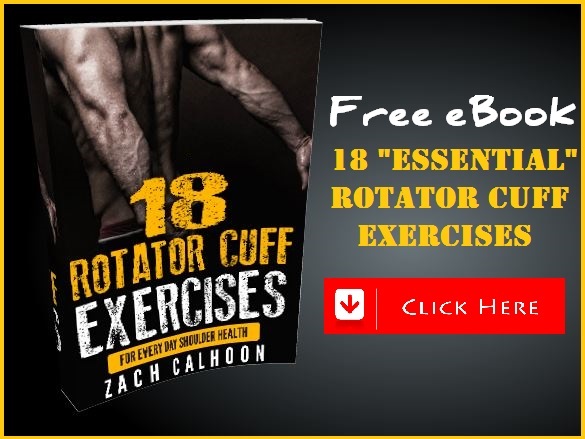
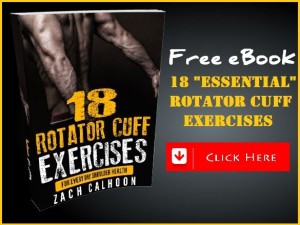
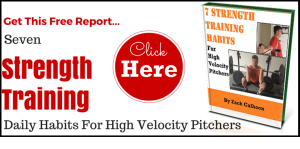
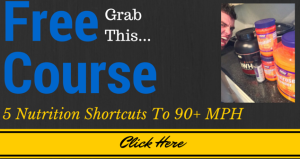
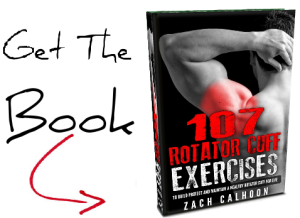
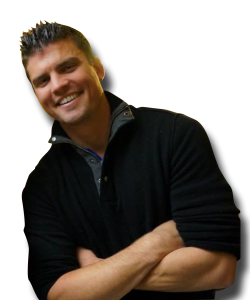
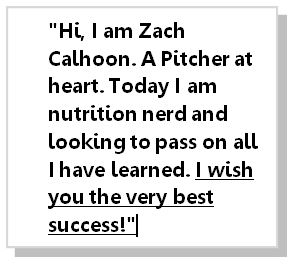

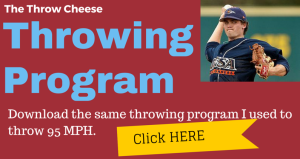
Leave A Reply (No comments so far)
No comments yet